So maybe I am running out of creativity or I suffer from severe sleep deprivation. So tonight I will talk about our latest science flight and combine that with photos of the wildlife in Argentina. I know they don’t fit, but hey it’s my post … 
Tonight is a special night for us; we are flying Hexagons!!! You probably wonder why am I so excited about flying this oddly shaped flight pattern?! Once you know what we can do with such a flight pattern you will understand. (Or at least I will try to explain as best I can to try and make you as excited as I am.)
A hexagon allows us to measure one airmass from all angles. As our sensor is in a gimbal frame which we can control to move forwards and backwards (45° to 135°). This allows us to measure the same air parcel not only from all sides but also multiple times from all sides. This all provides us with the input to do a tomographic retrieval (in a sort-of similar way how they reconstruct your brain to find tumours and so forth). In short, this means that we can then portray our observations within this airmass in a 3-D way. Thus, viewing a circle of 500km in a 3-D way is any atmospheric observationalist (if such a word exists) dream! This is seeing patterns in the air that you normally can’t see … These structures are gold from a dynamical standpoint. You don’t have to rely on a model and worry about all the assumptions going into it, you don’t have to look at point or 2-D measurements and try to interpolate or imagine what is going on, you simply look at what’s in your 3-D field.
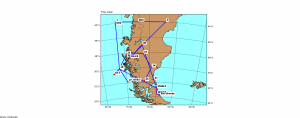
Now that everyone is excited about hexagons ;-), I leave the best for last… We will not only do one hexagon but repeat the same hexagon twice. This is to develop a new retrieval method, a temporal retrieval (retrieval of the wave changing in time, instead of with distance). The hexagons will then be rounded off by two cross-sections to utilise the LIDAR looking above the aircraft. We then will use the LIDAR to track the gravity waves propagating to 50km (according to the forecast, but we hope to see some up to 80km!!).
So here are a few random photos of the wildlife encountered up to now in Argentina. This includes alpacas (Guanakos), foxes, flamingos, seagulls and a sole. The ‘not-so-much wildlife’ includes sheep, Shepard dogs (really fluffy big ones) and cattle.
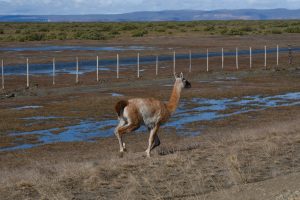
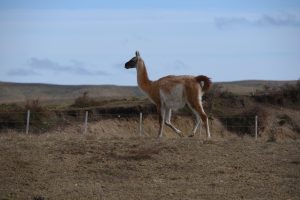

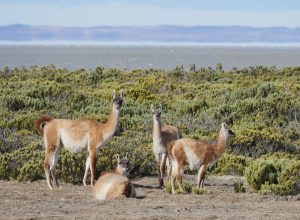
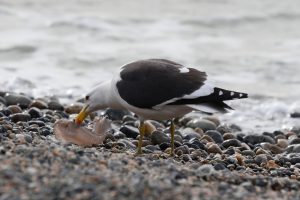
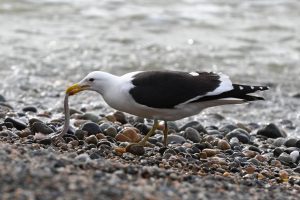
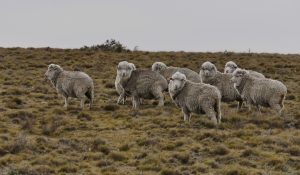
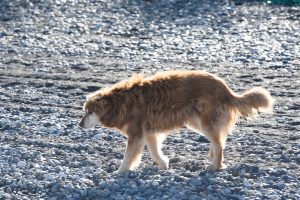
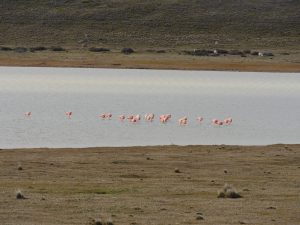
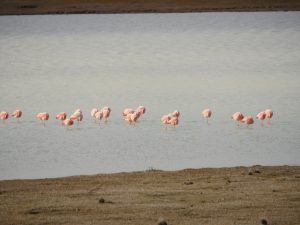

Hi Markus,
thank you for explaining the hexagon procedure and for the very interesting and beautiful wildlife photos. You’re making me jealous!
I’m already looking forward to what you are going to make out of the double-hexagon.
@all: If you want to learn more about what the retrieval can gather from a hexagon, I refer you to this scientific article by Isabell Krisch:
https://www.atmos-chem-phys.net/17/14937/2017/
It also includes very insightful pictures and a video (click on the “assets” tab).
-Andreas
Hi Andreas, Thank you for your comment, currently we are processing the flight for some quicklook datasets. I really can’t wait to see what we see in these quicklook datasets.
And yes, thanks for suggesting the article by Isabell Krisch. It’s a very interesting read indeed!